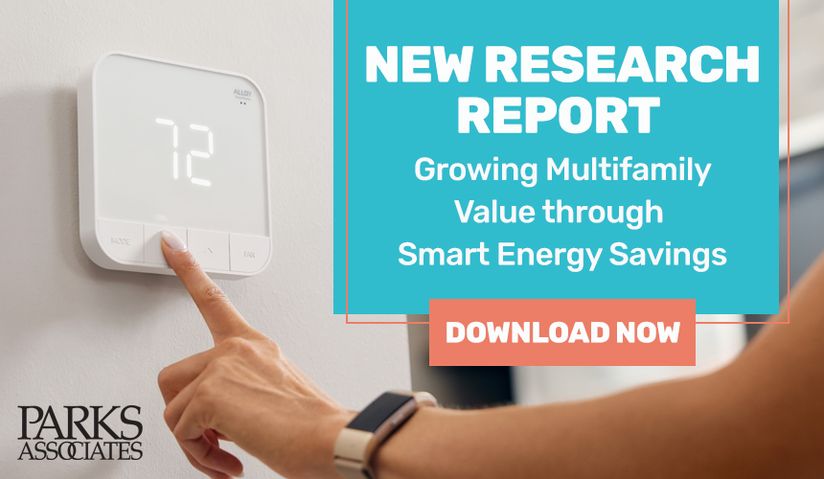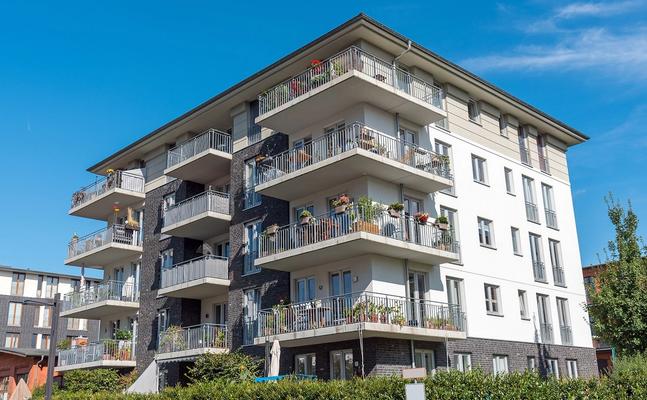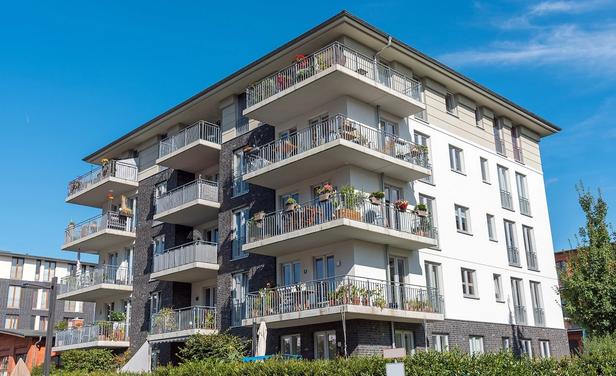Subscribe to our newsletter
Key Takeaways:
Record-low vacancy signals opportunity: U.S. multifamily vacancy has dropped to 5% nationwide, its lowest in two years, indicating a stabilizing and strengthening rental market ripe for strategic tech investment.
Rising demand outpacing supply: Renters absorbed nearly 147K net units in Q1 2025, highlighting strong demand even as new construction and permitting activity slow due to factors like rising insurance costs and labor challenges.
Higher retention is key to success: Overall apartment retention rose to 55.3%, emphasizing the importance of a superior resident experience (enabled by smart tech) to reduce costly turnover.
Smart tech drives efficiency & NOI: In a high-occupancy market with rising operating costs and cap rates hitting 6%, smart technology is essential for streamlining operations, mitigating risks, and directly contributing to Net Operating Income.
Modernization for competitive edge: Investing in smart property technology allows operators to meet increased resident expectations, enhance existing assets through cost-effective retrofits and stand out in a tightening rental market.
The US multifamily market just hit a major milestone: according to a recent report from Marcus and Millichap, vacancy rates have reached their lowest level in two years, now at 5% nationwide. This rebound is more than just a welcomed sign for owners and investors, it’s a clear signal that the rental market is stabilizing, strengthening and ripe for strategic investment.
One of the smartest moves operators can make in this moment? Investing in smart property technology. In a market defined by high demand, cautious development and rising operating costs, smart tech isn’t a luxury, it’s a lever for efficiency, differentiation and long-term resilience.
The demand is there, now residents expect more
In a low-vacancy environment, competition doesn’t disappear – it evolves. With more residents staying put and fewer units sitting empty, renters now have higher expectations. They want homes that offer convenience, control and modern amenities.

Smart tech delivers features renters are actively looking for, including:
Smart thermostats that reduce energy waste
App-based access control for convenience and security
Leak detectors that help prevent costly damage
Automated package lockers and delivery systems
These amenities elevate the resident experience while also providing operators with the ability to drive retention and justify rental pricing. They don’t just check boxes, they align with resident priorities, making it easier to attract and retain long-term renters.
Absorption is outpacing supply, and efficiency is essential
The Marcus & Millichap report shows that absorption continues to outpace new supply in many markets, with renters absorbing nearly 147K net units in the first quarter alone. That means operators are tasked with doing more: onboarding new residents, managing increased service requests and maintaining resident satisfaction, often with leaner teams.
Smart tech makes that scale manageable. Centralized dashboards, automated workflows and self-service tools help streamline operations across units and buildings. Self-guided tours, for instance, can increase leasing efficiency and reduce staffing burdens. Predictive maintenance tools help avoid costly outages and improve asset longevity.
Retention is a winning strategy in a volatile economy
High interest rates and a mixed economic outlook are prompting many renters to stay put, but only if the experience is worth staying for. Overall apartment retention rose to 55.3%, up 160 basis points year-over-year, as rising relocation costs and economic uncertainty kept renters in place. Smart tech can be the differentiator.
When residents can adjust the thermostat from their phone, grant guest access remotely or receive real-time maintenance updates, they’re more likely to renew. That means fewer vacant days, less turnover expense and a stronger sense of community.
Retrofitting beats rebuilding
While new construction continues in some metros, national development has slowed. For most owners, the biggest opportunity lies in their existing assets.
Upgrading with smart tech is a cost-effective way to modernize without breaking ground. Adding smart locks, thermostats and sensors refreshes the living experience and helps older buildings stay competitive.

Mitigating risk in a high-cost insurance environment
Insurance premiums are climbing, and so is the pressure to minimize risk. Water damage, unauthorized access and equipment failures remain among the most expensive liabilities.
Leak detection sensors, smart access control and predictive maintenance tools can help operators mitigate those risks. In many cases, they also contribute to insurance savings, improved coverage terms and less operational disruption.
Higher cap rates put NOI in the spotlight
With cap rates bordering 6%, the highest since 2013, and asset appreciation slowing, maximizing net operating income (NOI) is more important than ever.
Smart technology directly contributes to NOI by lowering utility costs, reducing staff workloads and preventing emergency repairs. On the revenue side, tech-enabled amenities can support premium pricing, improve lease conversion and increase ancillary income.
This is the time to act
A low-vacancy market isn’t the time to pause. It’s the time to invest in scalable systems that support both resident experience and operational excellence.
SmartRent offers a modular, multifamily-first suite of solutions that enhance everything from leasing and maintenance to energy management and resident services. Whether you’re planning new construction or modernizing your existing portfolio, SmartRent helps you meet today’s expectations while preparing for tomorrow.
Ready to see how SmartRent can help you make the most of today's market momentum? Schedule a demo and explore the smart tech that helps drive real results.

